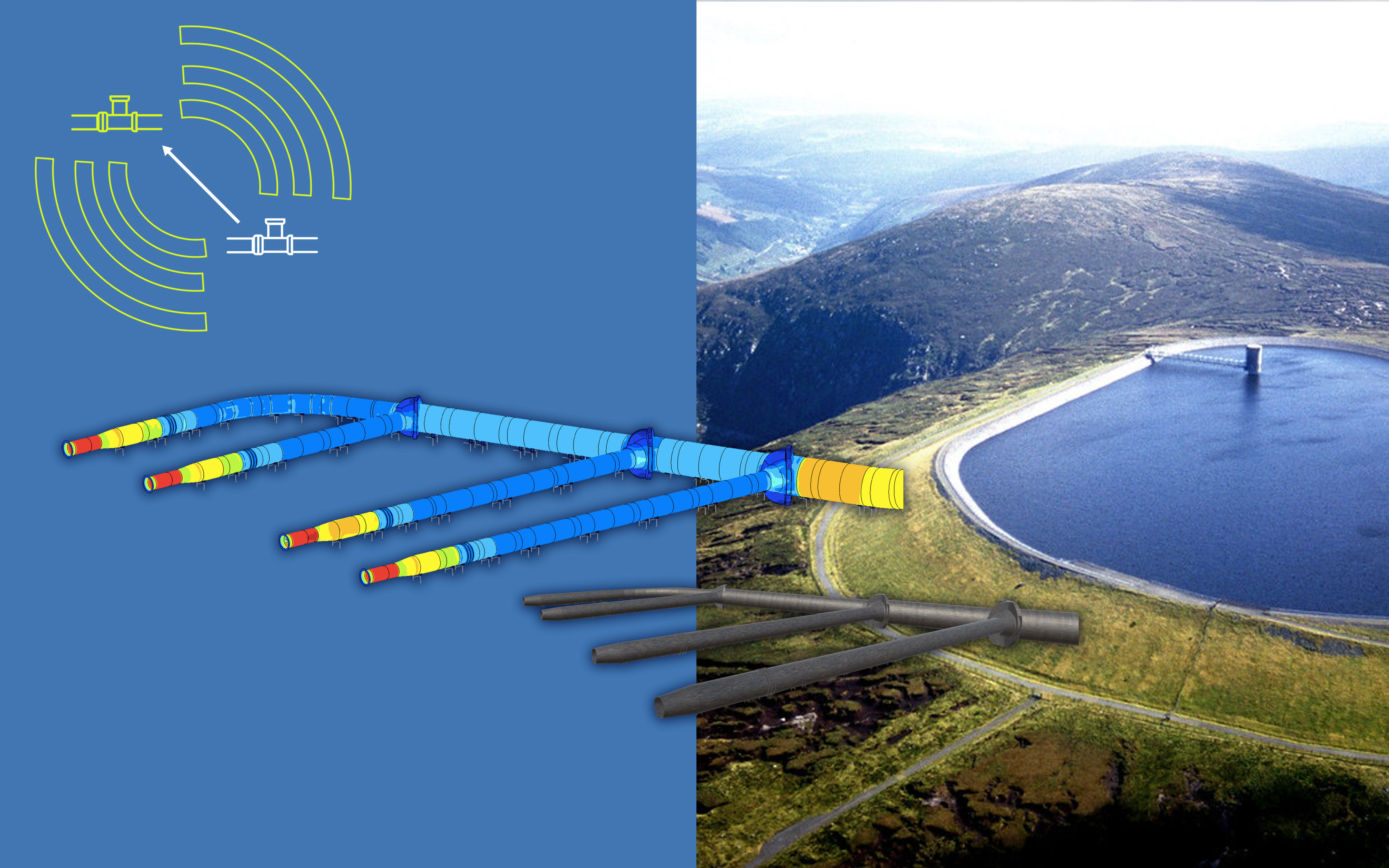672 results found
Featured results



More results
Increasingly, infrastructure leaders, investors and developers are recognising the need to not only increase the quantity of infrastructure investment globally to drive economic growth, but also the quality of infrastructure investment, to ensure that that growth and development is inclusive and sustainable.
We welcomed Long-term Infrastructure Investors Association’s (LTIIA) Executive Director, Francois Bergère to our office earlier this week.
This Primer provides an introduction to blockchain technology, outlines some of the potential benefits it can bring, and considers the risks and challenges it poses.

The OECD Recommendation on the Governance of Infrastructure provides practical guidance for efficient, transparent and responsive decision-making processes in infrastructure investment.

The Future of Infrastructure report (Annual edition) is based on a survey covering more than 10,000 people in 10 major global cities to ask about their everyday experiences with infrastructure services.

The draft Reference Guide on Output Specifications for Quality Infrastructure is open for public consultation to capture your insights and feedback for the final version.
The Global Infrastructure Hub (GI Hub) welcomes the G20 Osaka Leaders’ Declaration that was released over the weekend and endorsed the Principles for Quality Infrastructure Investment as the G20’s common strategic direction and high aspiration.
The Guidance Note, developed by the GI Hub in collaboration with Cambridge Economic Policy Associates Limited (CEPA), identifies lessons learned from various existing NIBs in both emerging markets and high-income countries through 11 case studies which explore different NIBs that have existed from 1945.
Ambitions Beyond Growth- Economic and Social Survey of Asia-Pacific Region” by UN ESCAP 2019 reveals that achieving the Sustainable Development Goals by 2030 would require an annual additional investment of $1.5 trillion for Asia-Pacific developing countries – equivalent to five per cent of their combined GDP in 2018, or about four per cent in terms of the annual average GDP for the period 2016-2030.
Infrastructure Finance in the Developing World: Multilateral Lending Instruments for Infrastructure Financing - A report by the G-24 and the Global Green Growth Institute (GGGI). This paper is part of The Infrastructure Finance in the Developing World Working Paper Series, which is a joint research effort by GGGI and the G-24 that explores the challenges and opportunities for scaling up infrastructure finance in emerging markets and developing countries.
In light of the overwhelming needs for infrastructure finance in emerging and developing economies and the limitations facing alternative flows of financing, there is a clear role of MDBs to continue and in fact step up their activities. The Infrastructure Finance in the Developing World Working Paper Series is a joint research effort by GGGI and the G-24 that explores the challenges and opportunities for scaling up infrastructure finance in emerging markets and developing countries.
This paper assesses the challenges and trade-offs faced by the three major NDBs in emerging economies in their efforts to (1) reach the goals set by their governments, (2) obtain the resources needed to function at a meaningful scale, and (3) operate within their unique economic and political contexts.
The paper discusses general trends in involving the private sector in public projects, PPPs and asymmetric information, and policy conclusions.
This paper examines the public finance underpinnings for an enhanced focus on different types of long-term investments as well as on operations and maintenance of existing investments.
This paper discusses some of the main challenges in developing a robust and viable project pipeline to address the daunting infrastructure needs facing many countries worldwide.
This paper examines investments - in the form of equity or debt in direct investments to infrastructure. The reason for focusing on direct investment is twofold. First, the overall analysis of debt and equity capital markets for infrastructure exceeds the scope of this study and involves instruments that trade on regulated stock and bond markets. Second, the analysis of direct investments by private investors in listed infrastructure enables us to focus more on the risk analysis process that these investors typically perform when approaching an investment.
This paper expands upon existing literature by proposing a wider definition of what constitutes green infrastructure. We then develop a holistic cost model by defining and quantifying the investment categories that should be considered part of green infrastructure.
The Infrastructure Finance in the Developing World Working Paper Series is a joint research effort by the Global Green Growth Institute and the G-24 that explores the challenges and opportunities for scaling up infrastructure finance in emerging markets and developing countries.
This strategy will support and inform the planning applications that will set out the long term vision for the development of sustainable communities within Queen Elizabeth Olympic Park.





 Quality Infrastructure Investment Database
Quality Infrastructure Investment Database







